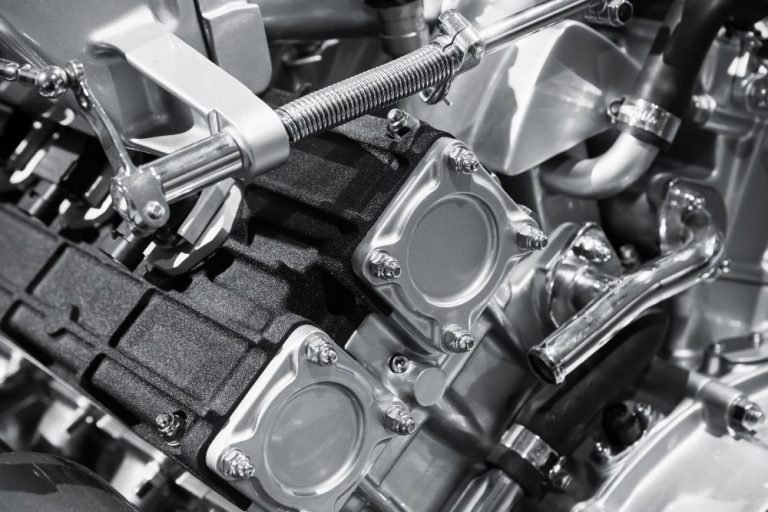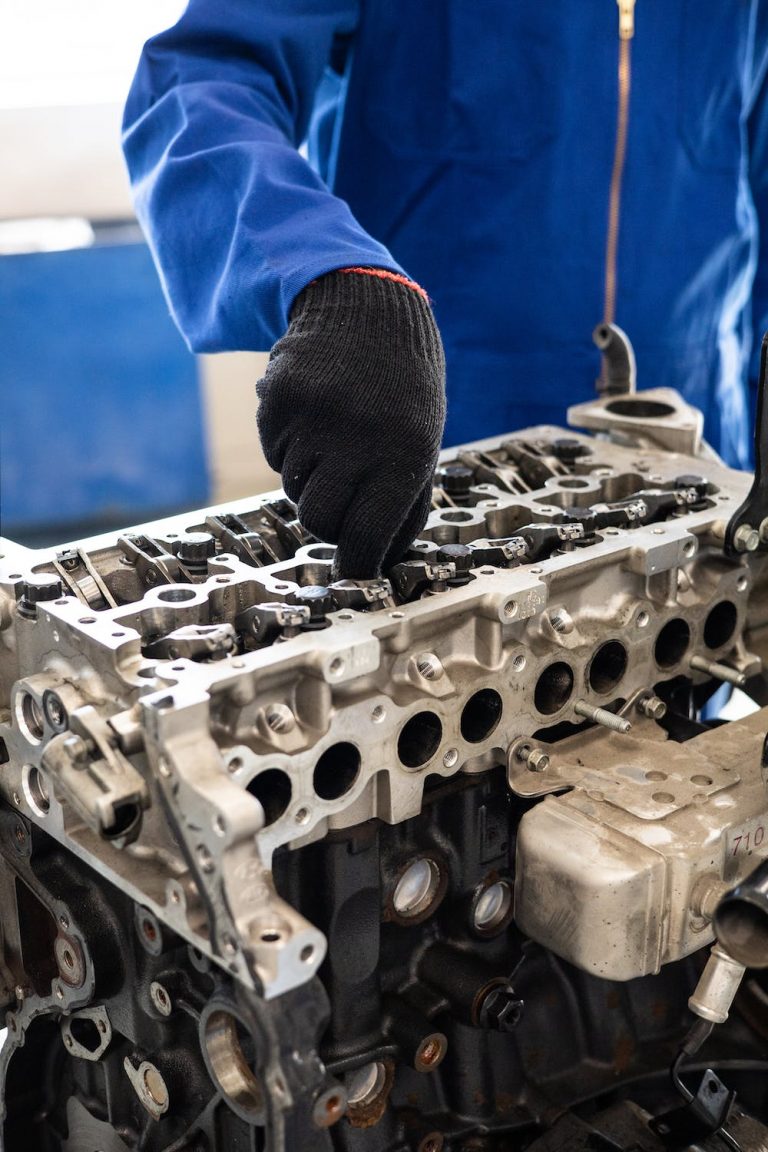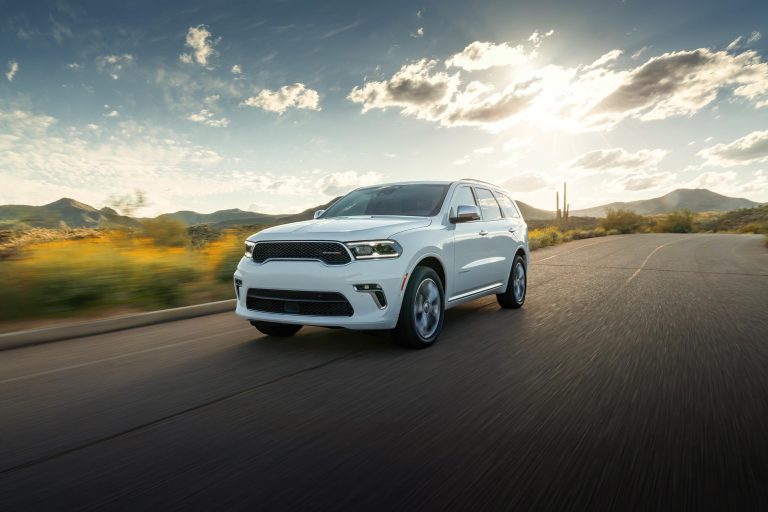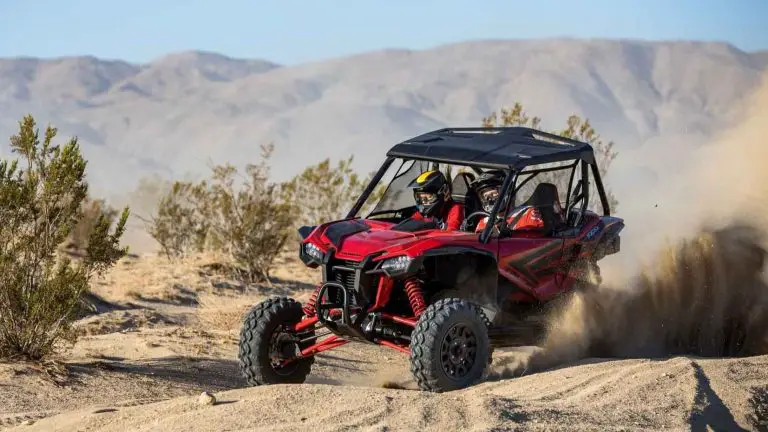What Are Spacers For Cars? (Answered)
The purpose of the wheel spacer add-on part is to move your wheels away from the body of the vehicle (or the wheel hub assembly). It’s a popular and relatively cheap upgrade, and there are many options for both street vehicles and off-road vehicles. The wheel spacers are placed above the vehicle’s holding bracket to provide the additional space.
So why do people get wheel spacers, and are they a worthwhile addition to your car? The following is a complete guide on how to know whether wheel spacers are right for your vehicle.
What Do Wheel Spacers Actually Do?
The wheel spacer is attached to the wheel hub assembly. The slot between the assembly and the wheel creates a gap, and this pushes the wheel outward from its original position, thus increasing the space between the wheel assembly and the actual wheel. The spacer does not move the wheel assembly; it only moves the wheel itself. As a result, the gap between the wheel and the wheel well is increased.
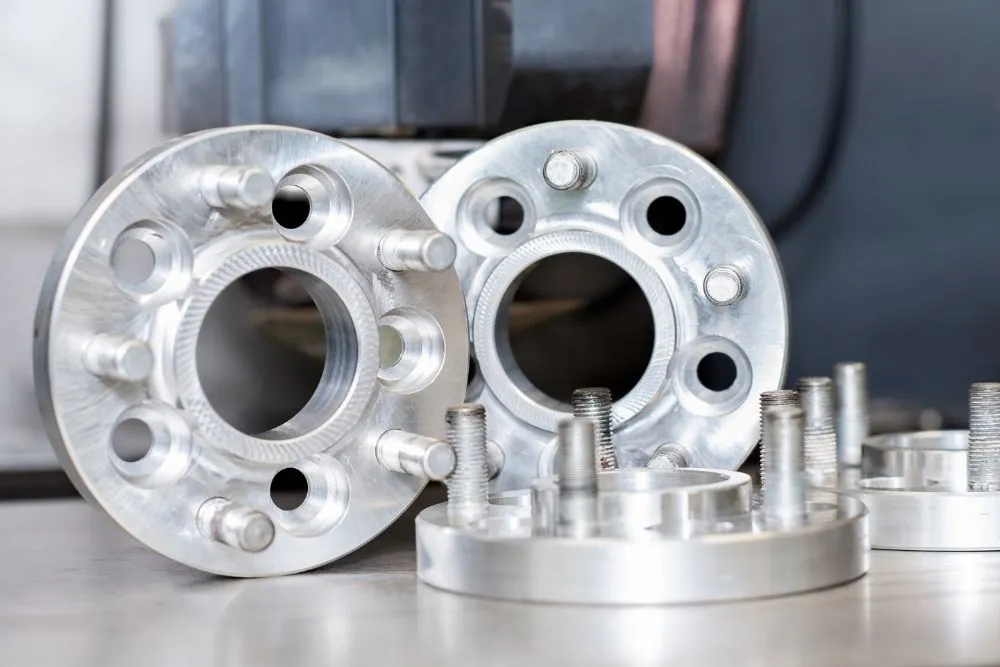
Why Do People Get Wheel Spacers?
People get wheel spacers because it’s not ideal for the wheel to be too close to other internal components of the vehicle, like the wheel well. If they’re in close proximity, it can end up reducing the mileage of the vehicle. When cornering, the tire rubs against the suspension and liner components. Because they only add a little extra space, there are rarely any clearance issues that the owner would have to worry about.
Wheel spacers are exclusively an aftermarket part, meaning they’d never come with a vehicle unless it was pre-owned. They tend to be between 0.2 inches to 1.75 inches, the largest wheel spacers being most suited to off-roaders.
Pros And Cons
They might seem like an ideal addition, and they’re certainly popular, but are wheel spacers right for your vehicle? The following are the advantages of getting this part, as well as the disadvantages.
Advantages
- Better handling: One of the main benefits for those drivers focused on performance is that they can provide better handling. By increasing the distance between the left and right wheels, it means the car is more planted, which can improve handling, grip, and cornering. Something else drivers might notice is decreased body roll. This is a handy way to improve your vehicle’s handling without needing to change the size of your tires.
- Appearance: Wheel spacers are handy if you’d like your vehicle to have a unique look. They’ll push the tires out a little to fit the fenders perfectly, or in some cases slide over the fenders for a wider stance, which some would consider a more aggressive look. Aggressive spacers tend to make a car stand out from stock vehicles.
- Allows for larger tires: For street-focused vehicles, wheel spacers allow owners to widen their tires for greater traction, as well as the aforementioned better handling. Off-road vehicles often opt for larger tires that are quite a bit taller than factory tires. Unless you have wheel spacers, these larger tires can rub against the wheel wells and the flare fenders.
- Allows for bigger brake calipers: Performance brakes are often quite a bit wider than stock brakes. Installing wheel spacers will make room for a bigger caliper, one that couldn’t fit within the wheel space of stock cars.
- Cheap: A decent full set of wheel spacers are unlikely to break the bank, especially compared to other aftermarket parts.
- Easy to install: As aftermarket parts go, wheel spacers are one of the easiest when it comes to installation- it shouldn’t be much harder than replacing a wheel. Installing wheel spacers can be done at home (or should we say, in your garage- unless you’ve got a very big door…) and should only take roughly 15 minutes per wheel.
Disadvantages
- Changes to suspension and steering characteristics: As wheel spacers move the wheels farther from the wheel hub, drivers are likely to find that the steering is a little heavier or requires more power. In addition, springs and shock absorbers don’t absorb bumps, nor rough road conditions.
- Increased wear on suspension: Because the wheels will be further from the vehicle, wheel spacers naturally put more strain on the vehicle’s suspension. This will mean components such as the wheel bearing will probably get worn out faster than without the addition of spacers.
- Less balance: Despite their advantages, the installation of wheel spacers can make things a little out of balance. Now that the wheels are farther from the suspension components, the driver might notice that the ride is now a little less comfortable. The larger the spacer, the greater the impact on comfort, so you should be bearing this in mind when deciding just how far you want your wheels to be from the rest of your vehicle.
Lug Centric Spacers VS Hub Centric Spacers
There are two types of wheel spacers: hub centric, and lug centric. So what’s the difference?
The hub centric spacers are centered in the wheel hub (if you can believe it!). The boreholes fit exactly into the hub’s center.
The lug centric wheel spacer is centered by the wheel’s lug nuts. Unlike with hub centric spacers, lug centric spacers don’t exactly match the centering flange of the wheel. It’s usually a few millimeters larger in diameter. To install a spacer of this kind, you need to use a conical lug nut, by hand, in a star-shaped pattern.
Final Thoughts
If you’ve done enough research on your specific vehicle and are confident that wheel spacers will lead to any or all of the benefits we listed, then you might as well go for it. Just remember not to overdo it; wheels that are very far from the vehicle will only lead to issues down the road (an unintentional pun, but a pun nonetheless).


